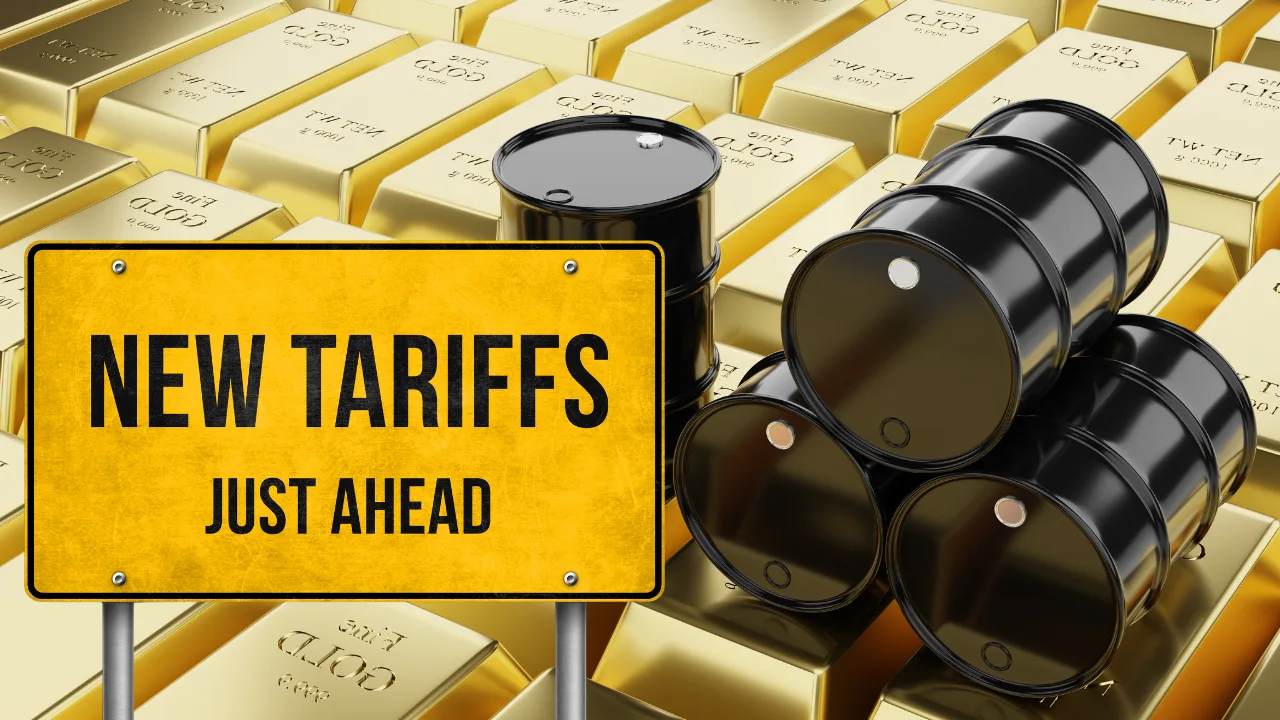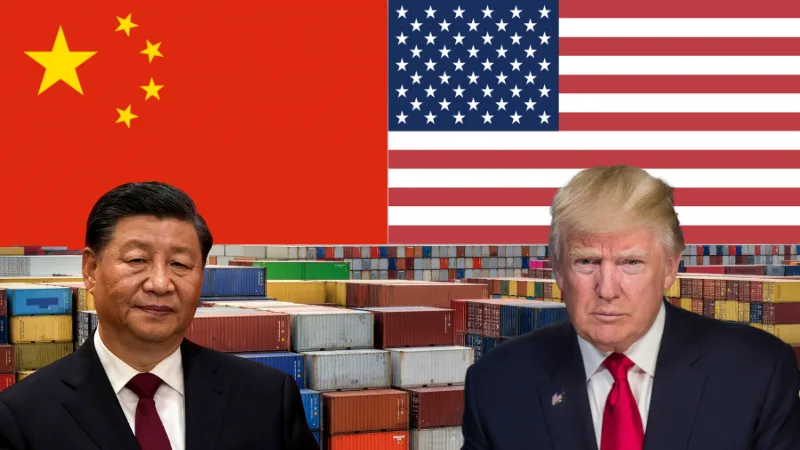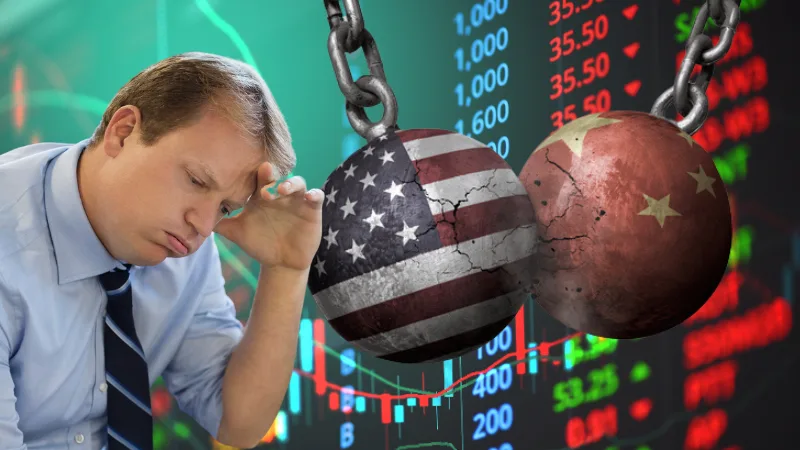On February 1, 2025, President Donald Trump is set to impose a 25% tariff on all imports from Canada and Mexico. This bold move, which Trump claims will “make us rich as hell,” is part of a broader strategy aimed at addressing issues like illegal immigration and drug trafficking. However, beyond the political implications, this trade policy is already having a profound impact on the global economy—especially on the prices of oil and gold.
How the Tariffs Will Impact Oil Prices
Canada and Mexico are two of the largest suppliers of crude oil to the United States. According to the U.S. Energy Information Administration (EIA), Canada alone provides nearly half of America’s imported crude oil, while Mexico is also a key exporter. A 25% tariff on these imports would significantly increase costs for U.S. refineries that rely on oil from these countries. As a result, gasoline prices at the pump are expected to rise, especially in areas dependent on Canadian crude.
Patrick De Haan, head of petroleum analysis at GasBuddy, explains, “Motorists in the Great Lakes could see gas prices shooting up in excess of $0.20 a gallon. A lot of that Canadian crude oil flows directly down into areas like the Great Lakes, the Midwest, and the Rocky Mountains, where it may be difficult to find different sources of crude oil.”
The potential for increased costs and supply disruptions has already led to volatility in oil markets. Investors are closely watching the situation, as any disruptions in crude oil flows could drive up prices globally. Brent crude and West Texas Intermediate (WTI) futures have both experienced price spikes as uncertainty looms over how refiners will adapt to the new tariffs.
Why Gold Prices Are Surging
Gold has long been considered a safe-haven asset during times of economic uncertainty, and Trump’s tariff announcement has fueled a significant rally in gold prices. Spot gold recently hit an all-time high of $2,799.71 per ounce, as investors seek refuge from the potential inflationary impact of the tariffs and broader trade conflicts.
Economic analysts point out that tariffs typically lead to higher prices for consumers, as businesses pass increased import costs onto customers. This inflationary pressure weakens the U.S. dollar, making gold a more attractive investment. Additionally, Trump’s advocacy for lower interest rates has further dampened confidence in the dollar, driving even more capital toward gold.
A report from Reuters notes, “The announcement of these tariffs has heightened economic uncertainty and raised concerns about inflation, prompting investors to seek safe-haven assets like gold.” (Reuters).
The Bigger Economic Picture
Beyond oil and gold, these tariffs could have far-reaching consequences for multiple industries. The auto sector, agriculture, and consumer goods markets all rely on supply chains that stretch across North America. Increased costs on imports from Canada and Mexico could lead to price hikes on everyday goods, adding to inflationary pressures in the U.S. economy.
Market strategists warn that if Canada and Mexico retaliate with their own tariffs, it could escalate into a full-blown trade war. This would create further instability in global markets, potentially impacting investments, employment rates, and overall economic growth.
Conclusion
Trump’s proposed tariffs on Canada and Mexico are already influencing financial markets, with oil and gold prices reacting sharply. While the intent behind these tariffs is to protect American industries and address border security concerns, the economic repercussions could be widespread. Rising oil costs threaten to push gasoline prices higher, while fears of inflation are making gold an increasingly attractive asset. As the February 1 deadline approaches, investors, consumers, and businesses alike will be closely monitoring how these policies unfold—and how they impact the broader economy.





